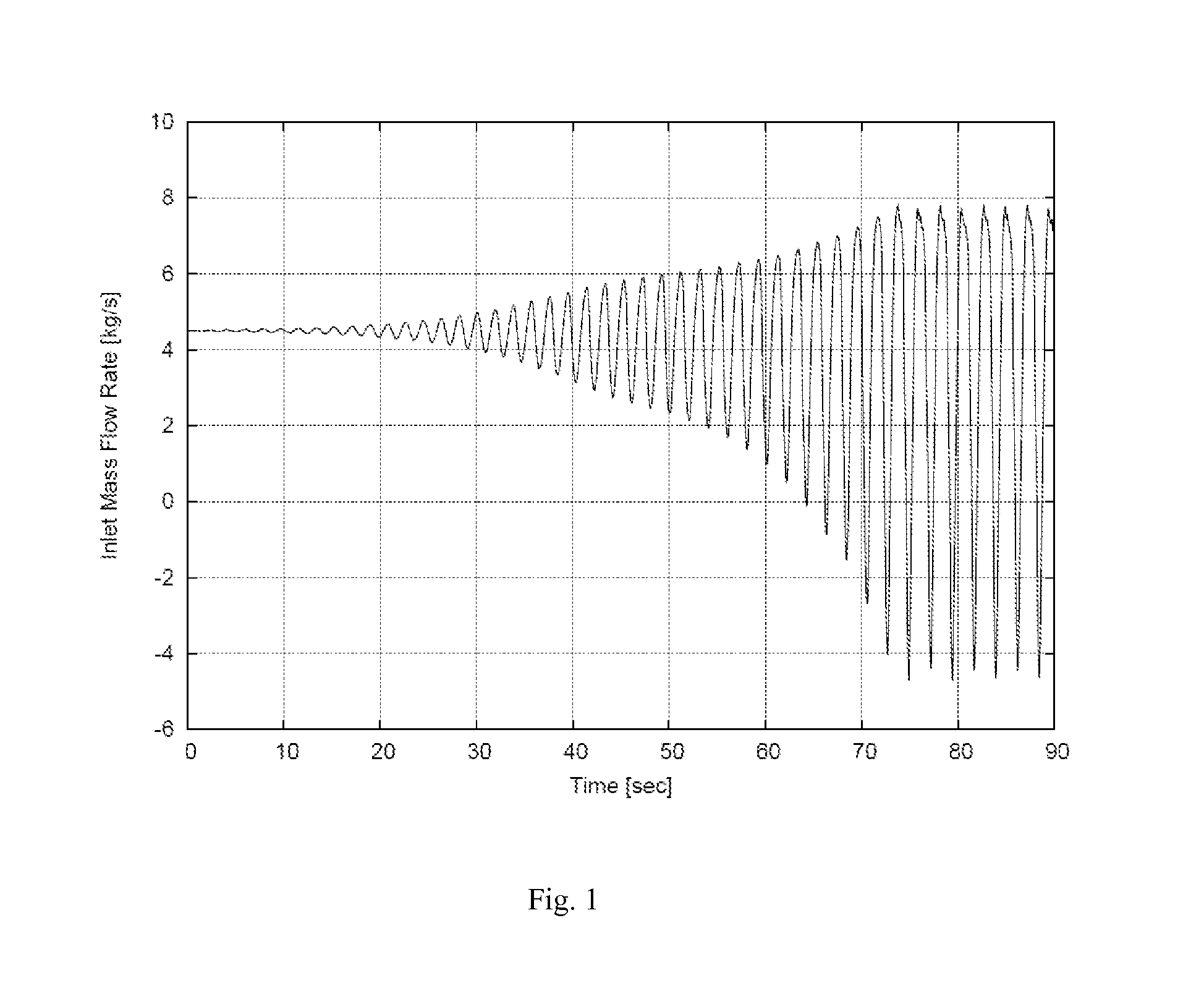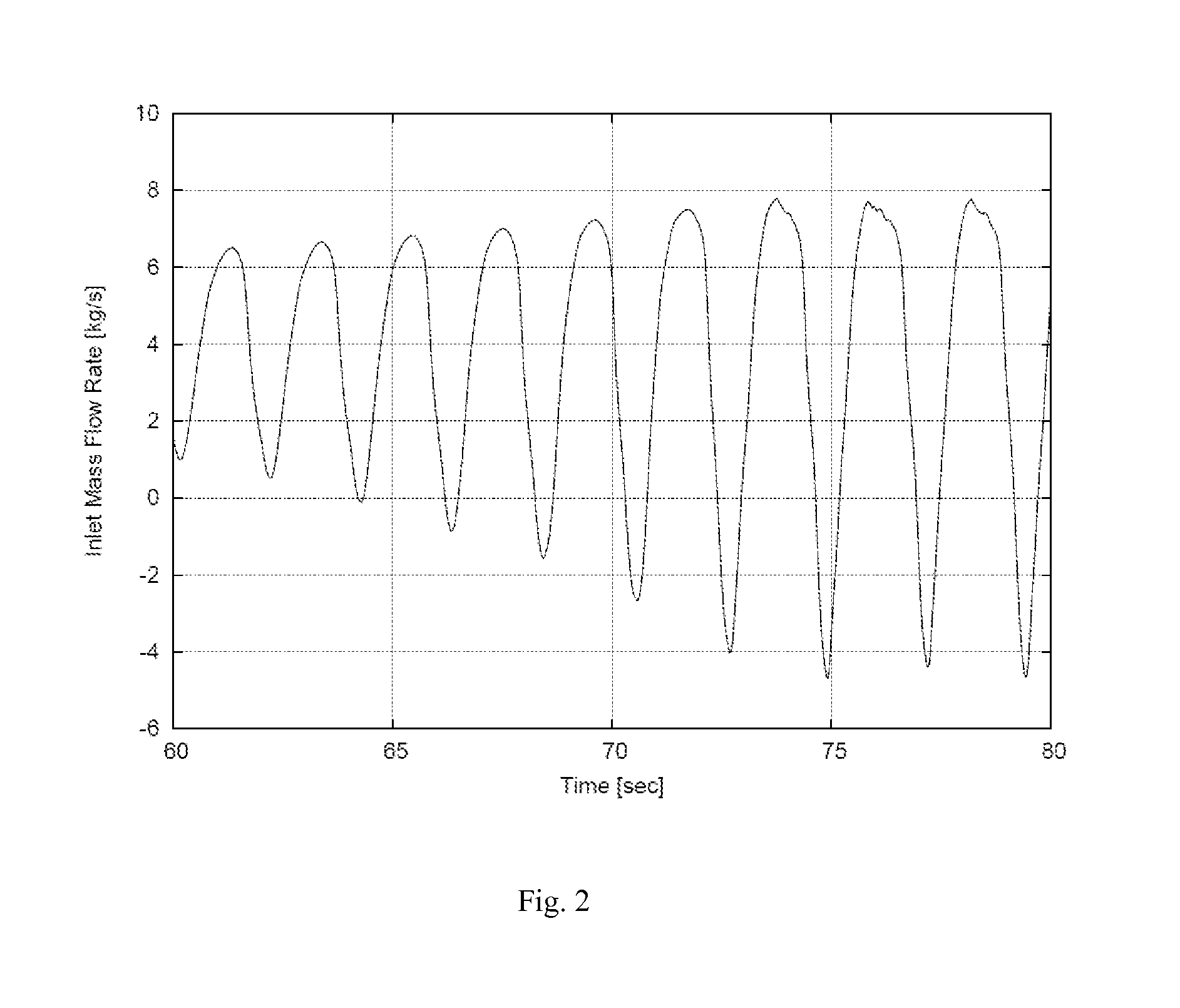The density of the coolant is reduced by the
boiling process and consequently the moderating function is adversely affected particularly in the upper part of the fuel
assembly where the fuel-to-moderator ratio becomes higher than optimally desired.
The said improvement in the moderation function comes at the expense of reducing the amount of water available for the cooling function.
However, the use of part-length rods comes at the expense of the amount of fissionable material that can be packed into a fuel assembly.
Natural circulation is an operating state where the flow is reduced and the power-to-
flow ratio is higher than the case with the pumps operating, thus prone to density wave instabilities.
The unstable behavior in a BWR is associated with the density
waves in vertical boiling channels such as BWR fuel assemblies.
High friction pressure drop at the
channel inlet increases
kinetic energy dissipation and helps to stabilize density
waves, while high friction at higher elevations is destabilizing due to the phase
lag of their effect which tends to reinforce the original perturbation.
In a BWR, the oscillation of flow rate in the fuel bundles resulting from density waves is complicated by the double role the water plays in the operation of the reactor.
The fluctuation of the
heat flux results in corresponding fluctuations in the boiling rate and the coolant density where such feedback tends to further destabilize the density waves in the boiling channels.
This restriction is placed in order to avoid violating the thermal limits in the fuel, potentially resulting in fuel damage.
In one way, new fuel designs aim at maintaining the level of stability as the preceding designs or better, but actual improvements could hardly be achieved without negatively impacting other parameters important to the economic performance of fuel designs such as
power density.
Modern fuel designs tend to include larger number of smaller
diameter rods compared with older designs, which are less stable due to decreasing the rod heat
conduction time constant.
The use of part-length rods tends to stabilize the hydraulic flow by reducing flow resistance in the top part of the channel, but comes at the expense of reducing the
mass of the fissionable material load in each fuel bundle.
The use of water channels improves stability through reducing the relative dependence on the steam-water mixture coolant for
neutron moderation, but it comes at the expense of reduced number of fuel rods.
In general, fuel design modifications are not sufficient to achieve unconditional stability.
Another way of dealing with BWR stability is limiting the degree of axial and radial power peaking variations anticipated in the design of a reload
fuel cycle, which adversely affects the
net energy that can be generated by the reactor in any given fueling cycle.
The
reactor protection system is designed to scram, however the adverse condition of failure to scram that is the so-called ATWS condition may lead to severe power and flow oscillations that have the potential of causing serious fuel damage.
However, the
boron injection cannot be accomplished without
delay and severe oscillations can be reached in the meantime.
Also, the subsequent cleanup of the reactor vessel to remove the injected
boron before operation is resumed is difficult and expensive.
The prior art addresses the need for
trapping debris that may be carried by the cooling water through the lower tie plate where they come into contact with the fuel rods and could cause
fretting of the cladding material and eventually fuel rods leaking.
However, no hardware modifications could be found in the prior art to address this problem.
 Login to View More
Login to View More  Login to View More
Login to View More 


